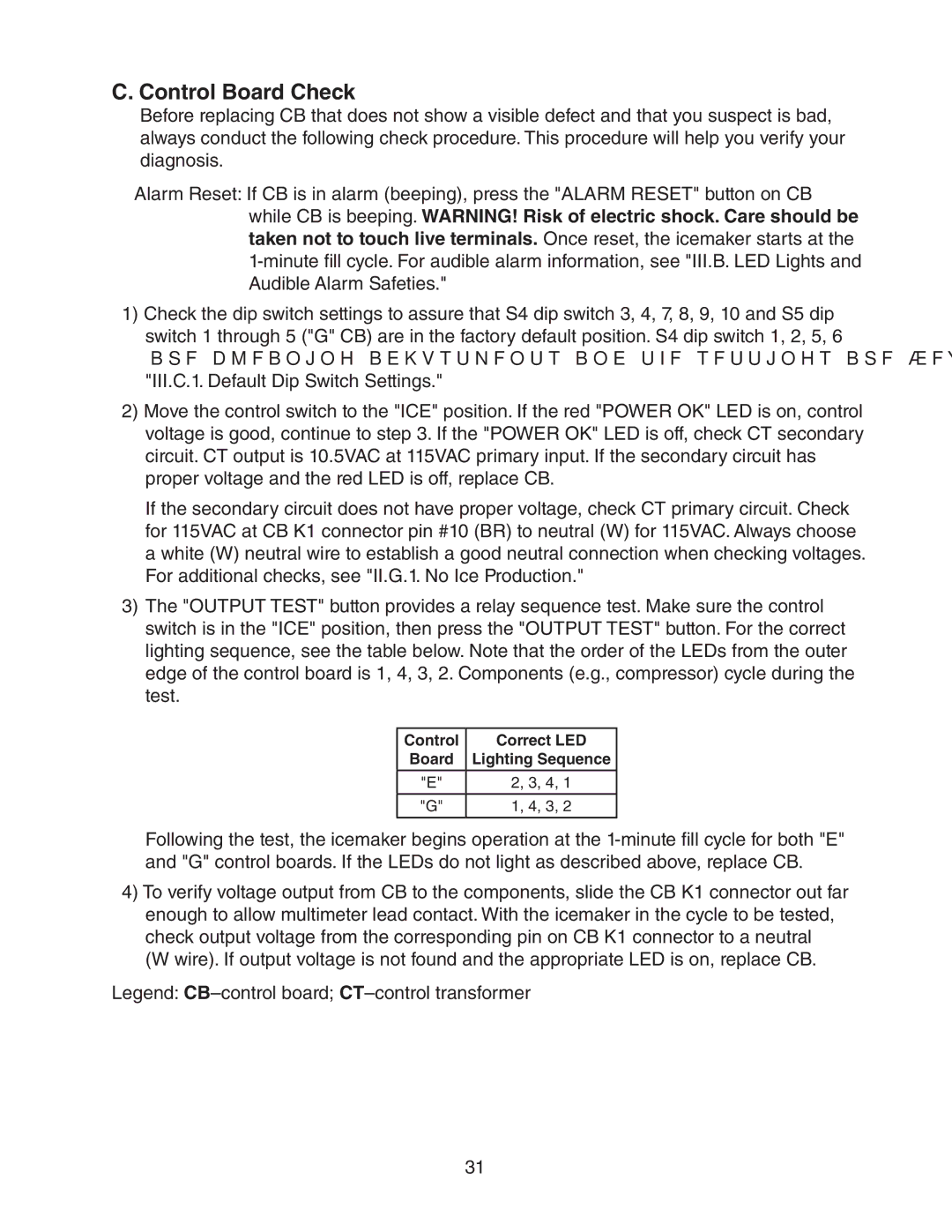SRH/3 KM-1900SAH/3, SRH3 KM-2500SWH3, SRH3 KMH-2000SWH/3, SWH/3, KM-1301SAH/3 specifications
The Hoshizaki KM-1301SRH/3, KM-1301SWH/3, and KM-1301SAH/3 are advanced ice makers designed for commercial use, addressing a wide variety of needs in restaurants, hotels, and bars. These models are known for their efficiency, durability, and innovative technologies that ensure the production of high-quality ice.One of the standout features of these units is their ability to produce a high volume of ice, reaching up to 1,300 pounds per day, which is crucial for establishments with heavy ice demands. The machines utilize advanced cooling technology, allowing for faster ice production and minimizing the time required to refill ice bins. This makes them ideal for busy settings where speed and efficiency are paramount.
The KM-1301 series employs a unique stainless steel exterior that not only ensures longevity and resistance to corrosion but also enhances the aesthetic appeal of any commercial kitchen or bar. The interior is designed for easy cleaning, helping to maintain hygiene standards vital for food safety.
These ice makers utilize the proprietary Hoshizaki Cubelet Ice system, producing small, chewy ice cubes that are perfect for various beverages and food displays. The advanced design of the ice-making mechanism ensures that ice is formed quickly and efficiently, reducing energy consumption. Additionally, Hoshizaki’s CycleSaver technology optimizes the production process by reducing the amount of water used, making these machines environmentally friendly.
Another characteristic is their self-diagnostic capability, which allows for real-time monitoring of unit performance and quicker troubleshooting, minimizing downtime. The built-in alerts notify operators of any issues or maintenance needs, ensuring that the ice-making process remains uninterrupted.
The KM-1301 series also provides user-friendly controls that allow easy adjustments and monitoring of ice production settings. This flexibility enables businesses to meet varying ice demands based on seasonality or special events.
In summary, the Hoshizaki KM-1301SRH/3, KM-1301SWH/3, and KM-1301SAH/3 ice makers are exemplary choices for commercial ice production. With their high output, durable design, energy efficiency, innovative technologies, and user-friendly features, they cater effectively to the rigorous demands of the foodservice industry while maintaining a commitment to quality and sustainability.
